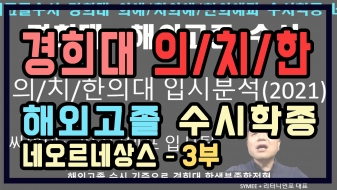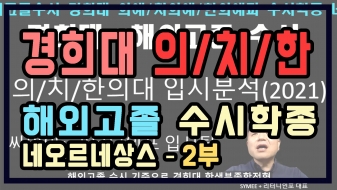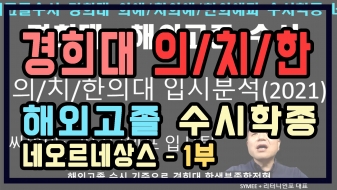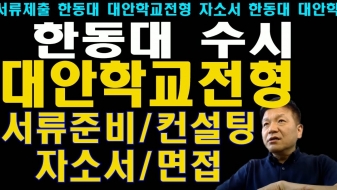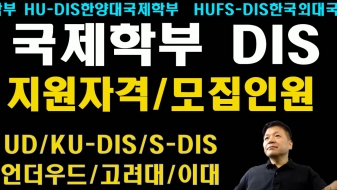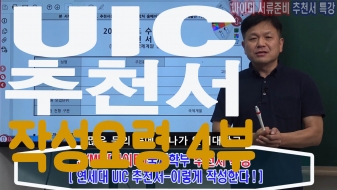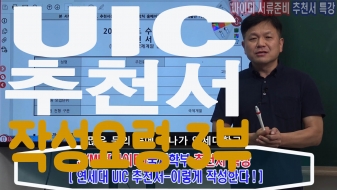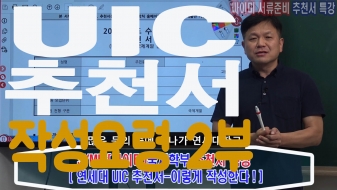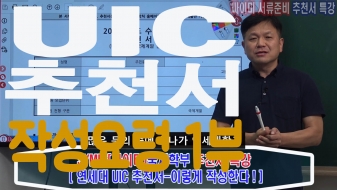
중앙대 예전 글로벌리더 전형 모의에세이 : 문제가 좋아소 올립니다.
[문항 1] Question #1 (30 points)
Read the following passage and answer the question.
Wag the Dog is a 1997 black comedy film starring Dustin Hoffman and Robert De Niro. The film is about an unnamed president of the United States, who is caught in a sex scandal merely days before re-election, hiring a professional spin-doctor named Conrad Brean (Robert De Niro) to try to take the public attention away from the scandal. As a way of “spin”, he decides to construct a fake war with Albania, hoping the mass media will concentrate on this instead. In order to come up with his “war”, he contacts a Hollywood producer named Stanley Motss ( Dustin Hoffman), who brings in a series of specialists who help construct a theme song, build up interest, and fake some footage of an orphan in Albania.
In the end, with the election done and the president re-elected, everything seems fine – until the producer finds out from the news outlets that the media are crediting the president's win to his campaign slogan, rather than Motss's elaborate fake war. Motss announces that he will call the media to "set them straight," despite Brean's warning him that he is "toying with his life." When Motss refuses to back down, Brean has him killed and makes it look as if he had a heart-attack while tanning next to his pool. The film ends with a news report about a violent incident in Albania, but it is unclear whether this is a true event or simply a continuation of the fictional war.
1. Based on this passage, (1) elaborate what “spin” refers to, and (2) provide TWO specific examples that show this propaganda. (30 points, 10-15 lines)

[문항 2~3] Question #2 (30points), #3 (40 points)
Read the following passages and answer the questions.
Passage (A)
Negative liberty is freedom from interference by other people. Negative liberty is primarily concerned with the possession of sociological agency and contrasts with positive liberty (an individual's freedom from inhibitions of the social structure within the society such as classism, sexism, or racism).
The concept of negative liberty was made famous by Isaiah Berlin in his 1958 lecture "Two Concepts of Liberty." According to Berlin, the distinction is deeply embedded in the political tradition. In Berlin's words, "liberty in the negative sense involves an answer to the question: 'What is the area within which the subject — a person or group of persons — is or should be left to do or be what he is able to do or be, without interference by other persons'." Restrictions on negative liberty are imposed by a person, not by natural causes or incapacity.
For Berlin, negative liberty represents a different, and sometimes contradictory, understanding of the concept of liberty, which needs to be carefully distinguished. Its later proponents (such as Tocqueville, Constant, Montesquieu, John Locke, David Hume and John Stuart Mill) insisted that constraint and discipline were the antithesis of liberty and so are less prone to confusing liberty and constraint in the manner of rationalists and the philosophical harbingers of totalitarianism. This concept of negative liberty, Berlin argued, constitutes an alternative, and sometimes even opposed, concept to positive liberty, and one often closer to the intuitive modern usage of the word.
Passage (B)
Positive liberty is defined as having the power and resources to fulfill one’s own potential. A concept of positive liberty may also include freedom from internal constraints.
The concepts of structure and agency are central to the concept of positive liberty because in order to be free, a person should be free from inhibitions of the social structure in carrying out their free will. Structurally speaking classism, sexism, and racism can inhibit a person's freedom and positive liberty is primarily concerned with the possession of sociological agency. Positive liberty is enhanced by the ability of citizens to participate in their government and have their voice, interests and concerns recognized as valid and acted upon.
Although Isaiah Berlin's essay "Two Concepts of Liberty" (1958) is typically acknowledged as the first to explicitly draw the distinction between positive and negative liberty, Frankfurt School psychoanalyst and Marxist humanistic philosopher Erich Fromm drew a similar distinction between negative and positive freedom in The Fear of Freedom (1941), predating Berlin's essay by more than a decade.
Passage (C)
A prison escape or prison break is the act of an inmate leaving prison through unofficial or illegal ways. Normally, when this occurs, an effort is made on the part of authorities to recapture them and return them to their original detainers. Escaping from prison is also a criminal offense in many places, and it is highly likely to result in time being added to the inmate's sentence, as well as the inmate being placed under increased security.
Despite the risks, many prisoners attempt to escape prison to achieve freedom and to break away from the barriers that separate them from the outside world. There have been many famous prison breaks throughout history, and many books and films have been created based on prison escape.
2. Compare and contrast Passage (A) and Passage (B), focusing on their definition of “liberty”. (30 points, 10-15 lines)
3. Do you think the concept presented in Passage (C) can be related to the two concepts of “liberty” introduced in Passage (A) and Passage (B)? State your opinion, using the descriptions of “liberty” in Passage (A) and Passage (B). (40 points, 10-15 lines)

